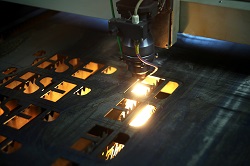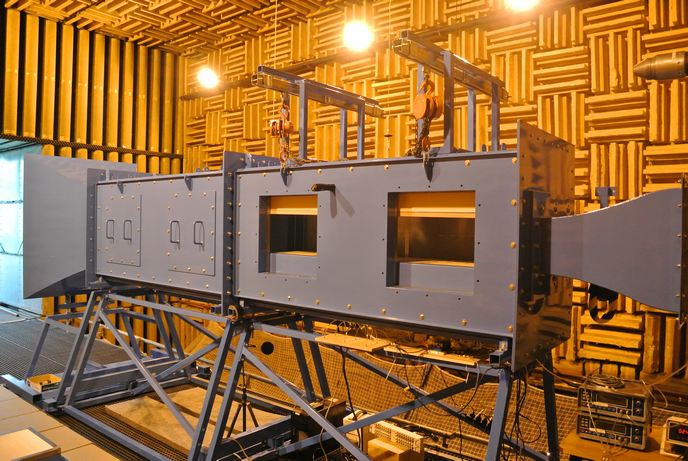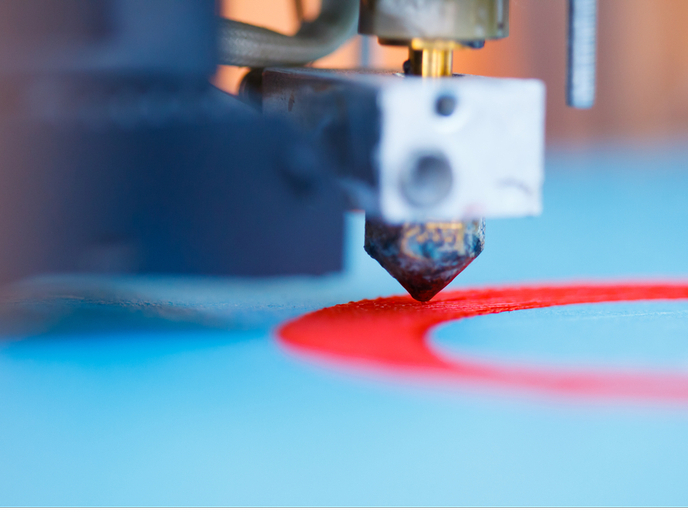Adapting metal additive manufacturing processes for high performance parts
Using traditional manufacturing processes to machine complex parts, for example from forging, can result in as little as 10 % of the original material being used in the final part. Additive Manufacturing (AM) processing, whereby parts are ‘grown’ to the final shape required, is much more efficient. The EU-funded AMAZE project was set up precisely to exploit this approach. The project was able to save manufacturing costs by as much as 50 %, reduce material waste to negligible amounts and half the floor space required, by combining two processes into one machine (combined additive and machining for a gas turbine part repair). Additionally, improved AM materials have been developed which, through their higher performance, cater for more demanding applications, for instance high temperature refractory materials which had never been processed by AM before and are very difficult to process using conventional manufacturing methods. Ensuring efficiency and quality A key aspect to the success of the AMAZE project was a better understanding of the role that feed-stock (powder and wire) quality has on the integrity of parts produced and the AM process in general. The project was able to develop new specifications for AM material as well as generate test protocols. It also improved ways of storing, handling and recycling AM material. As project coordinator Professor David Wimpenny adds, ‘Trials were also performed to understand the impact of processing parameters on the microstructure, defects generated and residual stress – this information will help to develop the next generation of AM machines, materials and process models.’ The AMAZE project was able to dramatically increase the productivity of the AM processes, in some cases by as much as ten-fold in build rate. It did so by employing a range of techniques, such as using higher power/multiple processing lasers and novel build strategies whereby only the surface of a part is formed in the AM machine, with the remaining material fused in a (Hot Isostatic Pressing) HIP furnace. In terms of the parts themselves, quality was enhanced by optimising the process parameters and also by closely monitoring the key process variables. Dimensional accuracy was also improved, for instance the team achieved a threefold improvement in the accuracy of high deposition rate powder bed fusion processes. However, as Prof. Wimpenny recalls, ‘One of the key challenges in the AMAZE project was the development of an effective way of assessing the integrity of complex AM parts. A solution developed in the project was to employ X-ray computer tomography methods, which were pioneered for scanning the human body for medical diagnosis.’ Increasing industry confidence for a wide range of high performance parts. Significant improvement of both the productivity and consistency of metal AM processing, along with the clearly demonstrated industry benefits, will accelerate Europe-wide adoption of this new manufacturing approach. As Prof. Wimpenny summarises, ‘This will lead to all kinds of benefits for people. For example, better healthcare provision through the availability of more durable, customised medical implants, more robust global communication through lightweight satellites which cost less to launch or the generation of limitless electrical energy, by enabling nuclear fusion technology to be adopted.’ Since project completion, the end-users of the AMAZE project, including Thales Alenia, Bombardier Aerospace Belfast, the Culham Centre for Fusion Energy and the European Space Agency, are continuing to assess the long-term performance of the project’s demonstration parts for future applications. Another legacy has been the contribution to the establishment of new standards, including a benchmarking process based on a “suite” of test artefacts to assess: geometrical accuracy, surface finish, resolution, density, microstructure and productivity.
Keywords
AMAZE, additive manufacturing, AM, high performance parts, processing parameters, microstructure, dimensional accuracy







